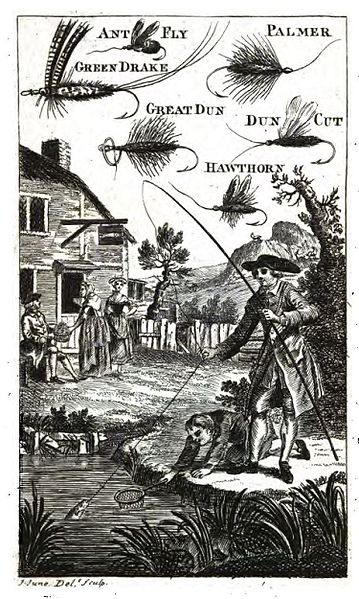Facts
Moving from an aquatic environment to the land generates a
list of biological problems with the intake of oxygen.
Anaerobic respiration, such as that occurring in water, provides
19 times less energy for the organism than that of aerobic
respiration through air. In optimal water conditions the
diffused oxygen in water is around 15 ppm, compared to air which
has around 200,000 ppm of oxygen. Paragnetina media has some clever ways of
solving this problem. As with almost all
insects water diffusion through the impermeable
cuticle is very slow and almost nonexistent, but the
nymph has a small body size optimizing its ability
to intake oxygen. The most important feature
on the nymph is the gills located around the anus of
the nymph. The gills greatly increase the
surface area for gas exchange making living under
water possible for these insects. In warmer,
or slow moving waters where the dissolved oxygen is not as
prevalent the nymphs will actually do a series of push-ups
creating their own water flow and maximizing the intake of
oxygen.
Paragnetina media has some clever ways of
solving this problem. As with almost all
insects water diffusion through the impermeable
cuticle is very slow and almost nonexistent, but the
nymph has a small body size optimizing its ability
to intake oxygen. The most important feature
on the nymph is the gills located around the anus of
the nymph. The gills greatly increase the
surface area for gas exchange making living under
water possible for these insects. In warmer,
or slow moving waters where the dissolved oxygen is not as
prevalent the nymphs will actually do a series of push-ups
creating their own water flow and maximizing the intake of
oxygen.
Any
angler will know the very prominent role that both
the nymphs and the adults play in the ecology of a
trout stream. The number, or for that matter
the presence of stone flies, in the streams is a
great indicator for good water quality as they are
intolerant to pollution. The nymphs are also
one of the trout's favorite meals and bait shops
spend hundrededs of dollars trying to duplicate the
appearance of a Paragnetina media nymph so that
someone may catch their meal.
(Borror, D.J. and DeLong, D.M. and Triplehorn,
C.A. 1976)